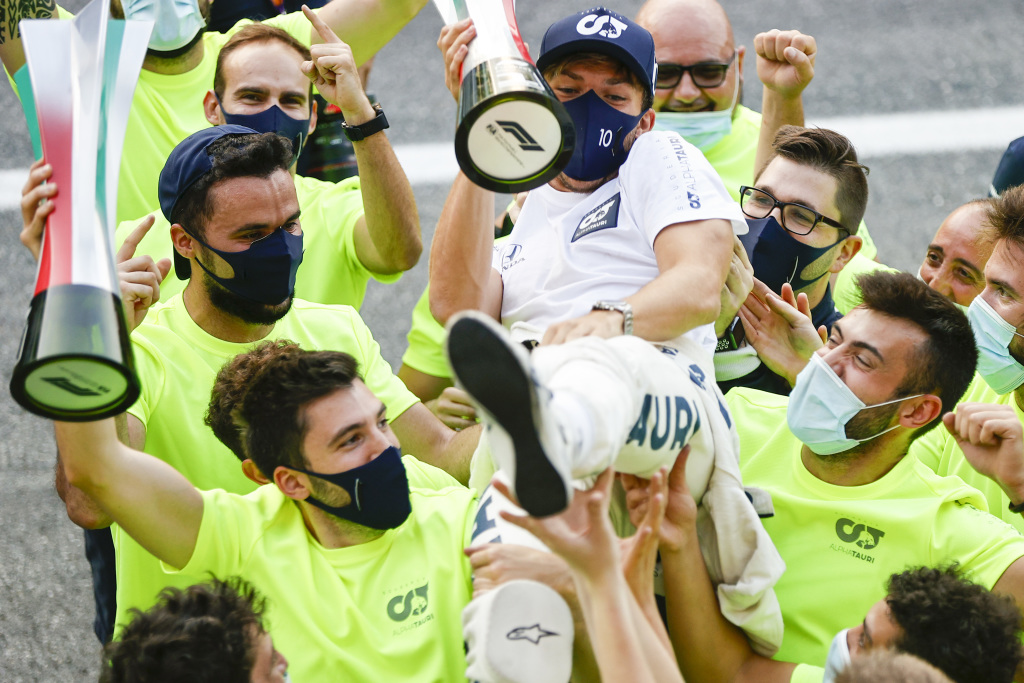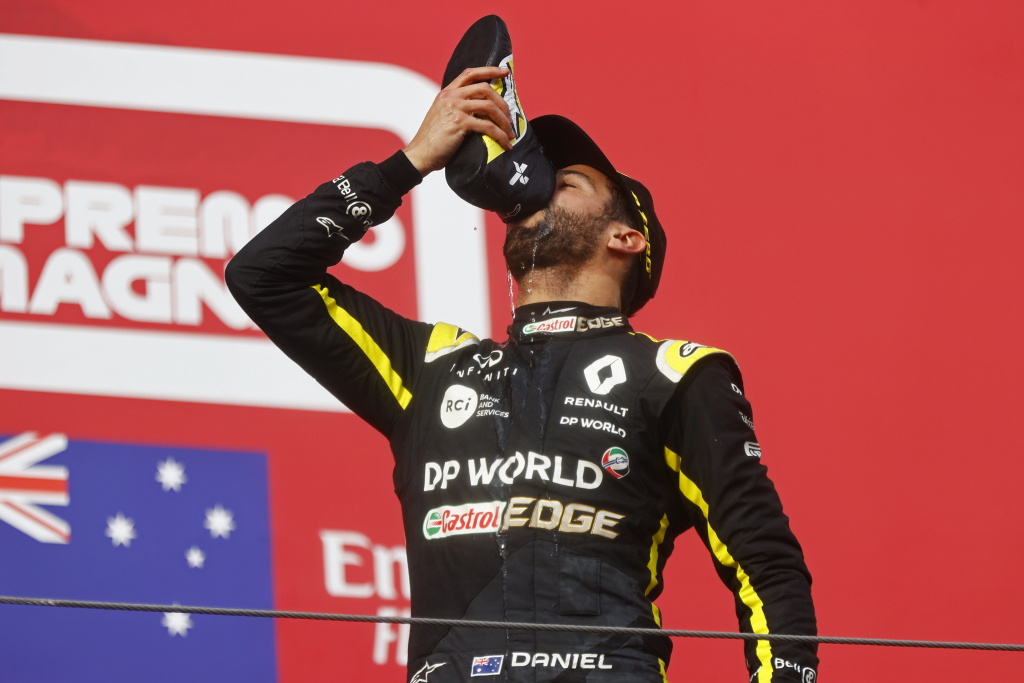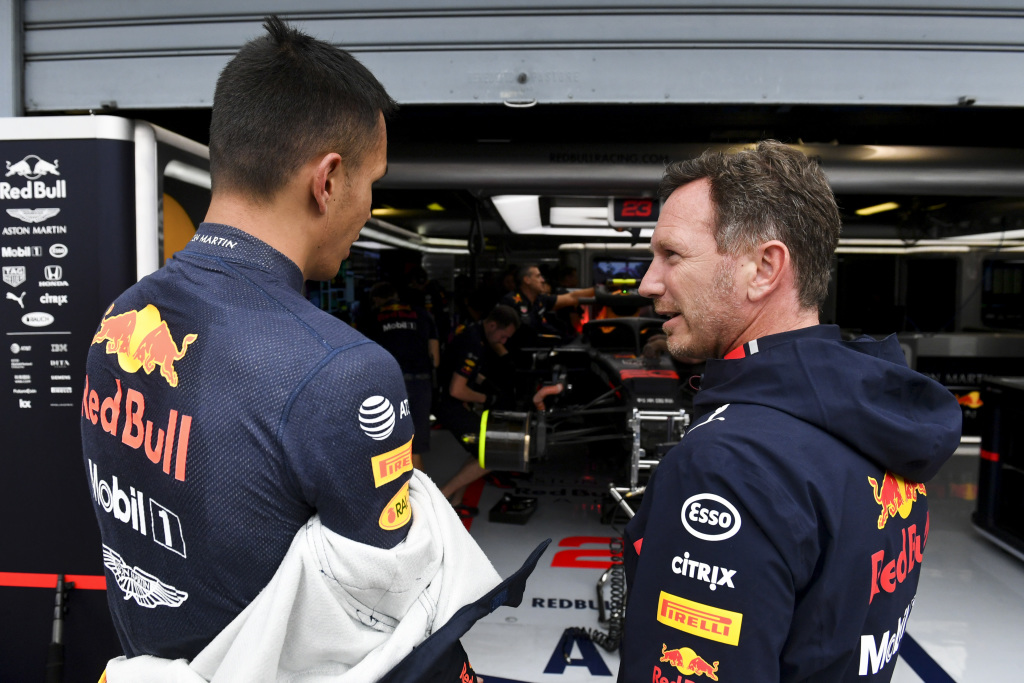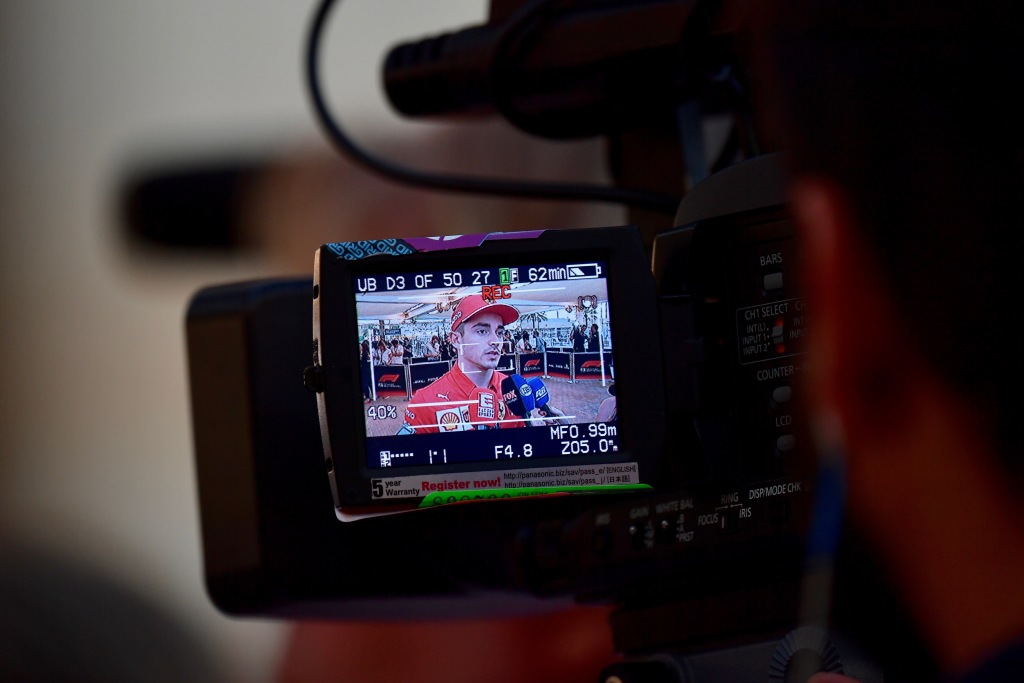
For the last three seasons, Netflix has taken its cameras behind the scenes of life in the fast lane. Drive to Survive has delivered a peek behind the curtain of the biggest stories and personalities in Formula 1, and in 2020, there was a whole new story to tell.
The series gained popularity among fans new and old for painting the sport with a brush not often seen in mainstream coverage. Access to the motorhomes, the drivers’ private lives and the storylines we don’t see play out on track. And in 2020, a lot of the season was affected by off-track activities, as the season was affected by the onslaught of COVID-19.
While testing in Barcelona sets up the series for an intense series of racing, that all comes to a crashing halt in Melbourne. As the coronavirus pandemic strikes, the Australian Grand Prix is one of the world’s first major sporting events to fall victim. But after episode one, the pandemic is pretty much glossed over.
There are plenty of storylines that didn’t get the coverage they deserved. George Russell’s first race for Mercedes in Sakhir and Lewis Hamilton’s incredible drive in Turkey stick are key moments missed. This could be a direct result of the new COVID-compliant recording regulations, as crews bubbled up with teams for weekends. But it doesn’t really matter, Formula 1 fans witnessed these races live. Drive to Survive draws in a new audience with captivating human stories from across the grid.
Watch the Drive to Survive series three trailer
And there were plenty to choose from in 2020. The focal points are undoubtely the unexpected wins of Sergio Perez and Pierre Gasly. They give us feel-good episodes which prove the underdogs still have a shot in Formula 1. At the other end of the spectrum, this series contrasts Alex Albon’s image as a confident young upstart, as he struggles with his Red Bull promotion.
But there are villains at play lurking in the background of the series. Racing Point’s ‘Pink Mercedes’ fiasco attracts attention and is a perfect demonstration of the sometimes patchy ethics of the sport. But Laurence Stroll becomes a caricature of the team boss he has been in the previous season, overbearing on the team he demands results of.
Conversely, Guenther Steiner emerges from the new series in a better light. At the other end of the spectrum, he cuts a “wheelin-and-dealin” figure, pushing to bring more money into the team. He’s a less sweary boss, more savvy businessman as he sits in pitches with potential sponsors for the coming season.
But racing will always be at the heart of Drive to Survive. It may be guilty of exploiting artistic licence to lengths hardcore F1 fans might find frustrating, but for newcomers, it adds elements of adversary and competition that’s at the heart of motor racing. That’s what converts documentary bingers into Sunday sofa regulars.
What did the rest of the MST team think of Drive to Survive?

Image copyright: Motorsport Images.
“Netflix does a great job of showing the behind-the-scenes drama, emotion and (some of) the politics in Formula 1. It really is a must-watch for all F1 fans. My favourite part of season three was watching Gasly win his first race – seeing the emotion from him and the team was amazing to see!” – Ben, Customer Service Manager

Image copyright: Motorsport Images.
“Danny Ric definitely produced the catchphrase of the season: ‘FSU’! As a fan, it seems criminal there wasn’t any coverage of Russell’s step up to Mercedes, or Clare’s departure from Williams. But it redeems itself by covering the politics of Racing Point’s situation well, and the way they painted it as just Cyril worried about his own performance.

Image copyright: Motorsport Images
“It was really good at showing the changing hearts and minds of Christian Horner with Alex Albon. You could see real support early on, yet slowing changing towards the end. Alex can’t have any grumbles he wasn’t given a fair crack.” – Rich, Marketing Director
